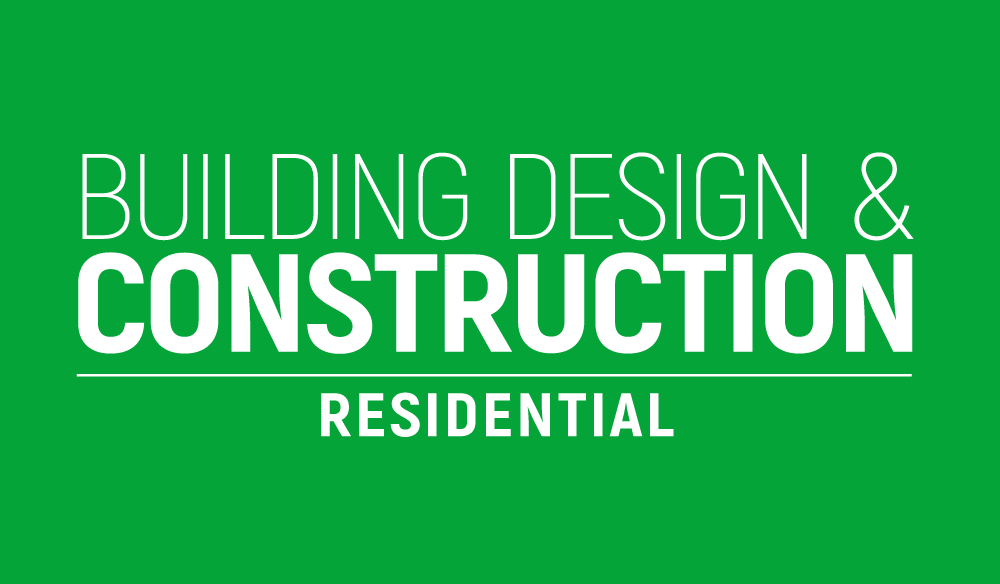The latest industry index on property fall throughs by property purchasing specialist, House Buyer Bureau, has revealed that there has been a sharp increase in both the number of property transactions falling through in Q3 of 2022, as well as the cost associated with these fall throughs.
House Buyer Bureau analyses the number of transaction fall throughs across the UK property market, what this means in terms of the average cost of a fall through and what the total cost to the property market is as a result.
The latest index shows that in Q3 of last year, 90,188 transactions are estimated to have fallen through, a 15.6% increase on a quarterly basis and a 3.6% uplift versus this time last year. This is also the highest quarterly number of fall throughs recorded over the last five years.
What’s more, a combination of runaway inflation and increasing house prices have pushed the average cost of a property transaction collapse to £3,337.
As a result, House Buyer Bureau estimates that homebuyers and sellers were hit by a total estimated cost of almost £301m as a result of their transactions falling through in Q3 2022.
This total cost is not only 18.7% up on the previous quarter, but also 16.3% on an annual basis.
There is one silver lining for the nation’s buyers and sellers, as House Buyer Bureau estimates that the total number of fall throughs seen in 2022 will still sit some -6.7% below the total seen in 2021.
However, this is largely down to the fact that the first two quarters of the year saw a far lower level of transactions falling through, with the latest quarterly spike suggesting that the property market could be in for a rougher ride in 2023.
Managing Director of House Buyer Bureau, Chris Hodgkinson, commented:
“We’ve seen a consistent increase in the number of property transactions falling through in recent years and despite a fairly settled start to 2022, the latest data shows that the number of sales collapsing hit a five year high in the third quarter of 2022.
This is almost certainly due to the turbulence that came via the mortgage sector in September, as lenders pulled a raft of products and increased mortgage fees in reaction to the Bank of England’s aggressive attempts to curb inflation via a string of consecutive interest rate increases.
As a result, many buyers found that they could no longer afford the cost of borrowing which has led to swathes of property sales falling by the wayside during the second half of last year.
Unfortunately, we saw a further hike to the base rate come in December and so the likelihood is that this increased level of property fall throughs will not only be apparent within the final quarter of 2022, but it’s likely to be maintained into 2023.





